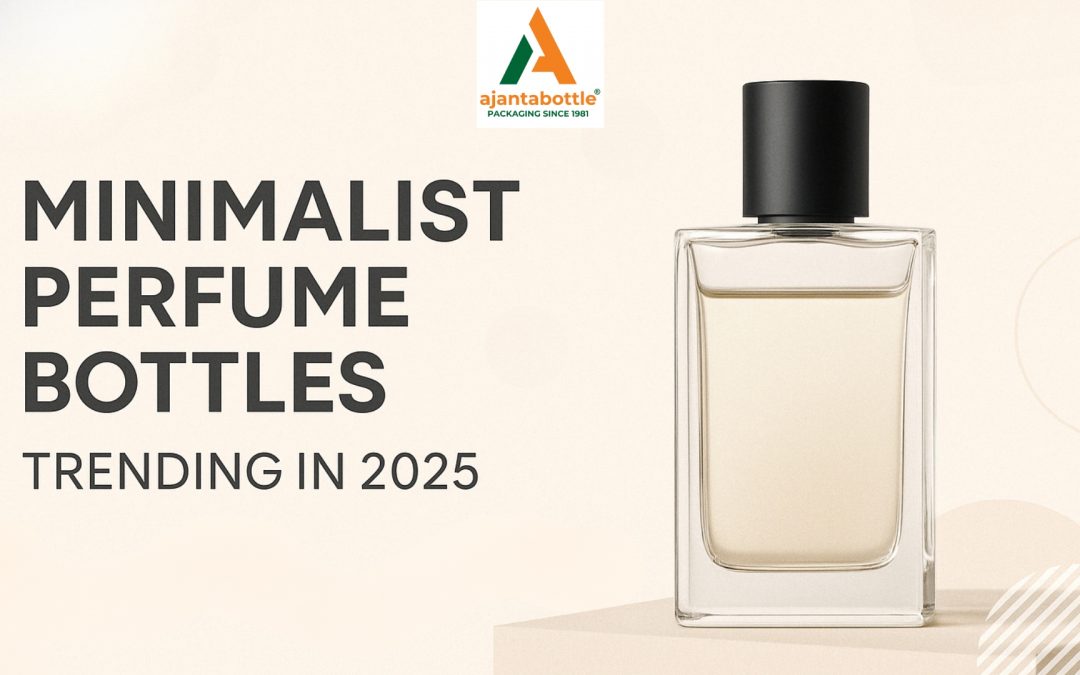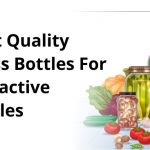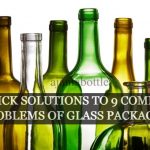In the world of fragrance, the bottle has always been more than just a container—it’s a canvas that tells a story. For decades, perfume packaging dazzled with opulence, ornate curves, and golden embellishments meant to signal luxury and status. But as we step into 2025, a different narrative is taking shape—one defined by minimalist packaging that is quieter, cleaner, and more intentional.
Minimalist perfume bottles are no longer a niche trend—they’ve become a powerful design movement reshaping the industry. From global luxury houses to niche indie brands, everyone is embracing minimalist packaging principles: pared-down forms, transparent glass, neutral palettes, and understated elegance. But this transformation is about more than just looks.
The rise of minimalist packaging is being driven by deeper shifts in consumer behavior, sustainability demands, social media influence, and even advances in refillable design. It’s about aligning visual aesthetics with values—simplicity, authenticity, and modern luxury.
In this blog, we’ll explore why minimalist perfume bottles are trending in 2025, diving into the psychology, the sustainability push, brand case studies, and the role Ajanta Bottle plays in enabling this evolution. Whether you’re a perfumer, packaging designer, or trend-watcher, this is your guide to understanding why “less” is suddenly so much more—and why minimalist packaging is leading the change.
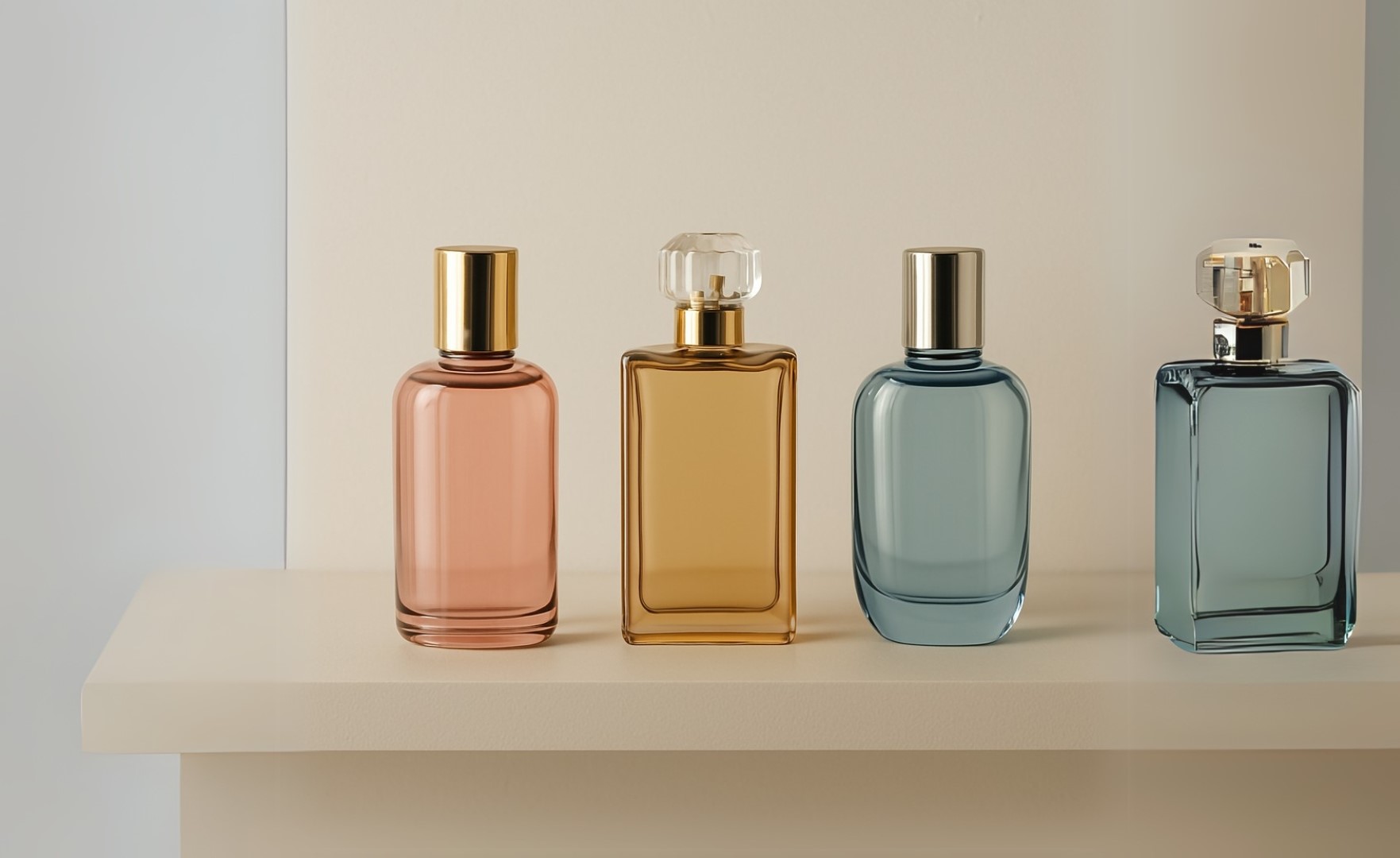
1. The Aesthetic Evolution of Minimalist Packaging: Less Is More
The visual language of perfume bottles has undergone a dramatic transformation over the years. Where once ornate flacons with elaborate stoppers and decorative flourishes ruled the shelves, 2025 is all about restraint, symmetry, and simplicity. The modern consumer is now drawn to minimalist packaging that whispers elegance instead of shouting luxury.
This shift isn’t just about design preference—it reflects broader lifestyle changes. In an age of visual overload, minimalist packaging provides a sense of visual calm. Clear flint glass bottles, soft matte finishes, monochrome labels, and geometric silhouettes now dominate fragrance counters. We’ve seen a clear rise in demand for these shapes—cylindrical, square, or softly contoured—with high-clarity flint glass that reflects the minimalist ethos.
Designers are opting for packaging that complements the fragrance inside without competing with it—creating a bottle that looks as refined on a vanity shelf as it does in a digital product photo. This appeal isn’t just rooted in visual clarity—it’s psychological, too. Minimalist packaging choices create a sense of order and intentionality that consumers find soothing in today’s fast-paced, overstimulated world. When the object is aesthetically calm, it mirrors the emotional clarity users seek in their lifestyle choices, particularly in personal care rituals like applying fragrance.
The trend also aligns with the growing appeal of “quiet luxury”—a movement in fashion and beauty that favors subtle, timeless quality over extravagant branding. Minimalist perfume bottles, driven by the broader trend of minimalist packaging, tap into this desire, allowing the scent inside to take center stage, while the packaging acts as a refined, neutral canvas.
2. Minimalist Packaging & Consumer Psychology: Why Simplicity Wins Today
Today’s consumers, particularly Millennials and Gen Z, are turning away from overly decorative and flashy packaging in favor of clean, authentic, and calming designs. A minimalist perfume bottle—with its clear silhouette, subtle labeling, and balanced proportions—signals transparency, intention, and a brand’s confidence in its product.
Minimalist packaging evokes clarity and composure. Consumers associate uncluttered visuals, neutral tones, and high-transparency glass with purity, integrity, and premium value. The bottle’s appearance becomes a visual representation of the lifestyle they seek—intentional, self-assured, and aesthetically aware.
This craving for simplicity is deeply rooted in how consumers interact with products visually. In the fragrance segment, where packaging strongly influences first impressions, buyers are drawn to designs that offer visual calm and clarity. A minimalist perfume bottle—free from heavy embellishments and excessive ornamentation—gives the eyes a place to rest. Its clean appearance helps the product stand out, not through noise, but through refined restraint.
There’s also a measurable psychological benefit. Research in packaging psychology shows that simple designs elicit higher trust and recall. In fragrance, where buying decisions are emotional, this trust directly influences perception. In 2025, a refined glass bottle with restrained graphics doesn’t just look sophisticated—it feels credible.
Packaging plays a powerful role here—it doesn’t simply carry the product; it affirms the consumer’s expectations. And when designed under the principles of minimalist packaging, it communicates clarity and confidence without the need for excess.
Brands that master this emotional resonance through refined packaging are gaining deeper consumer loyalty, particularly among younger buyers who view visual identity as a reflection of their personal values and preferences.
3. Sustainability Drives Simplicity
One of the strongest forces propelling the minimalist trend in perfume packaging is sustainability. Modern consumers want products that are as ethical and eco-friendly as they are beautiful. With packaging often being a major contributor to waste, brands are turning to minimalist packaging to cut down on excess.
Minimalist packaging often uses fewer raw materials, skips multilayer coatings, and avoids non-recyclable embellishments. Clear or lightly tinted glass is easier to recycle, and many bottles designed with minimalist aesthetics are also engineered for refilling or reuse. The absence of unnecessary decoration is not only a design choice—it’s an environmental one.
Brands are also becoming more transparent about their carbon footprints and supply chain impacts, and minimalist packaging supports these sustainability goals. From reduced ink usage to streamlined logistics and easier recyclability, minimal designs help lower environmental burdens across the entire product lifecycle.
At Ajanta Bottle, we are deeply invested in designing eco-responsible glass bottles that minimize waste while maximizing usability and elegance. Our lead-free, toxin-free bottles not only uphold safety standards but also help brands communicate sustainability through their minimalist packaging choices.
Sustainability-conscious customers are actively seeking out brands that reflect their values. In this light, minimalist packaging has become a visual code for eco-responsibility. Brands that simplify their designs can now communicate their environmental awareness without saying a word.
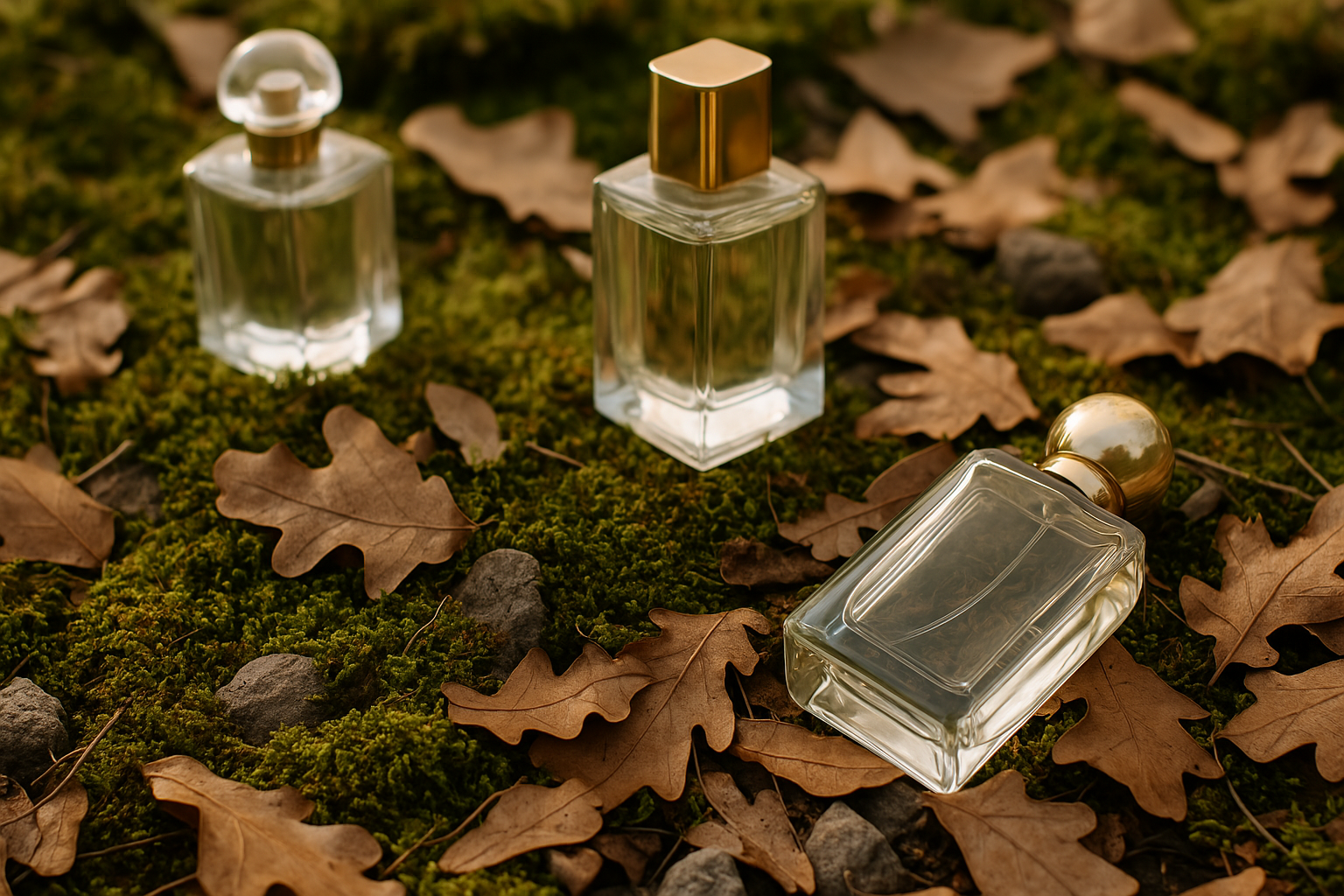
4. The Role of Digital Influence & Social Media
Social media continues to be a powerful tool for shaping trends—and minimalist perfume bottles are especially photogenic. Their clean lines and neutral tones pop on camera and harmonize beautifully with a wide range of aesthetics, from minimalist flat-lays to luxury lifestyle feeds.
Influencers and content creators love these bottles because they don’t distract from the scene. Instead, they enhance it. The aesthetic appeal of minimalist bottles has made them more likely to be featured in unboxings, reviews, and reels. Their visual simplicity helps them stand out in cluttered digital spaces where too much detail can get lost.
What’s more, minimalist packaging designs are algorithm-friendly. They create visual consistency across brand pages and product feeds, which helps with engagement and discoverability. In the age of Instagram and Pinterest moodboards, minimalist bottles play perfectly into aesthetic curation.
This visual consistency also benefits e-commerce and mobile retail experiences. A perfume bottle that photographs well in high and low lighting, maintains clarity when zoomed in, and complements digital branding assets is now a competitive advantage. Brands are increasingly prioritizing packaging that performs just as well online as it does in physical retail.
As a result, minimalist packaging has evolved into a strategic tool for boosting visibility, recognition, and customer engagement across platforms. In 2025, a perfume bottle isn’t just packaging—it’s a visual ambassador of the brand across Instagram, Pinterest, TikTok, and beyond.
5. Functional Benefits of Minimalist Design
While minimalism is often discussed in terms of beauty, it also offers clear functional advantages—especially in production, logistics, and end-user interaction.
A simplified bottle design usually means fewer materials and easier manufacturing. Standard shapes reduce tooling costs and streamline assembly lines. For automated filling and capping systems, minimalist packaging shapes are more efficient to handle and label.
Minimalist bottles also contribute to operational efficiency in distribution. Their stackability, lighter weight, and reduced surface fragility can cut shipping costs and minimize damage during transport.
From a consumer standpoint, minimalist bottles are easier to store, grip, and use. Their lighter weight can reduce shipping costs, and their durability makes them less prone to breakage or chipping.
All of these practical benefits reinforce why more brands are choosing minimalist packaging—not just for looks, but for performance, cost-efficiency, and reliability.
Ajanta Bottle’s minimalist designs are optimized for both aesthetics and logistics, helping our partners streamline operations without compromising design integrity.
6. Global Brands Leading the Trend
Some of the world’s top fragrance brands are already embracing the minimalist movement. Byredo, Le Labo, Aesop, and Maison Margiela’s REPLICA series have all become icons of minimalist packaging in the perfume world. Their bottles feature subdued labeling, uniform shapes, and no-frills caps—letting the fragrance name and scent do all the talking.
Even established luxury brands are paring back. Chanel, known for its timeless elegance, continues to keep its No. 5 design untouched—proof that minimalist packaging can endure for decades. In 2025, new releases from brands like Dior, Jo Malone, and Prada Paradoxe feature simplified, monogrammed bottles in glass with subtle metallic accents.
Emerging indie brands have also played a vital role. These smaller players often lead innovation in design by necessity, opting for minimalist packaging to keep costs down while still achieving an upscale feel. Their success has demonstrated that minimalism can be both premium and accessible.
This evolution is not just aesthetic—it reflects a deeper commitment to sustainability, modernity, and brand authenticity. Minimalism allows these brands to unify global design language and appeal to both East and West with effortless elegance.
This universal design language also makes minimalist packaging incredibly scalable. A single minimalist bottle design can work across multiple product SKUs, fragrance variants, or limited editions with minimal changes—simply by adjusting label accents, cap finishes, or box design. This flexibility is invaluable in a global market where consistency, cost-effectiveness, and speed-to-market are crucial. For multinational brands and indie startups alike, minimalism is proving to be both a style and strategy.
7. Retail Shelf Impact & Marketability
You might think that minimalist designs get lost on crowded retail shelves, but the opposite is true. In a sea of loud colors and flashy packaging, minimalist packaging stands out.
Minimalist perfume bottles draw attention through contrast. Their quiet confidence commands a double take, especially in modern retail spaces that favor clean, boutique-style displays. Department stores, beauty chains, and even concept stores are now curating entire sections based on aesthetic themes—and minimalist packaging fits seamlessly into this visual merchandising approach.
Additionally, minimalist design leaves more room for storytelling. A simple bottle invites customers to explore the scent, read the label, and engage with the brand on a deeper level. It allows the packaging to become an elegant stage—elevating the fragrance while reinforcing the brand’s visual identity through form and material.
Retailers also report that minimalist packaging products are easier to merchandise across multiple product lines and seasonal launches. Their uniformity supports visual consistency on shelves and in product catalogues, ultimately strengthening brand identity.
At Ajanta Bottle, we work closely with fragrance brands to ensure that shelf-ready minimalist packaging doesn’t just blend in—it elevates their presence through design that speaks softly but powerfully.
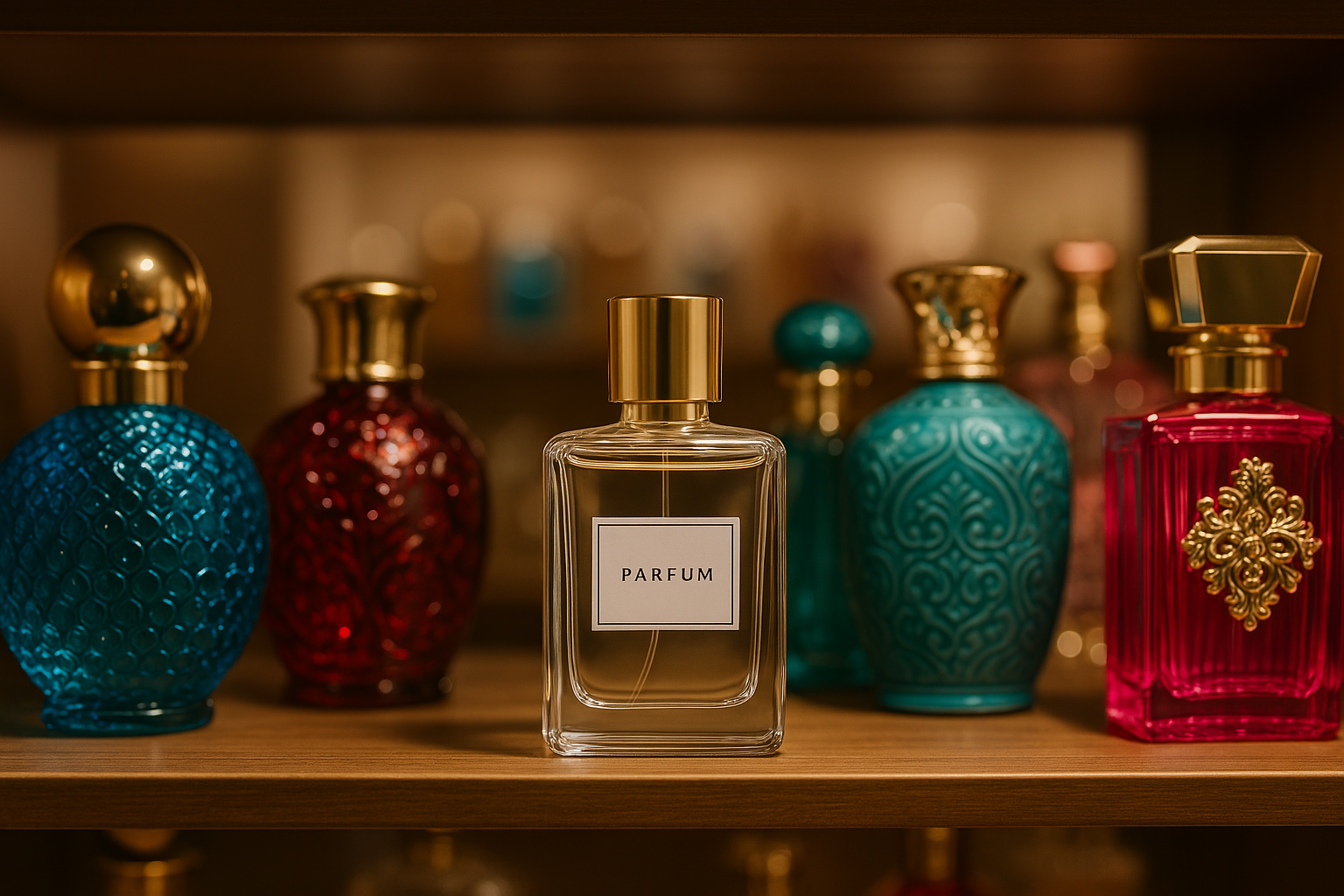
8. Ajanta Bottle’s Contribution to the Minimalist Trend
In the growing global shift toward minimalist perfume packaging, Ajanta Bottle has emerged as a trusted packaging partner that understands and supports this evolving aesthetic. With the demand for clean, unembellished bottle forms on the rise, Ajanta offers perfume bottles that reflect the essence of minimalist packaging—refined contours, high-clarity flint glass, and enduring visual harmony.
Rather than relying on ornate designs or decorative complexity, these bottles allow the form, transparency, and proportion to speak for themselves—qualities that modern consumers increasingly associate with purity, elegance, and quiet luxury. Ajanta’s minimalist packaging solutions offer a neutral yet premium visual presence, allowing the fragrance and branding to remain the focal points.
As the fragrance industry continues to embrace pared-down aesthetics, the role of thoughtfully designed minimalist packaging has become increasingly central to brand storytelling. Ajanta Bottle’s evolving range of perfume bottles reflects this shift, offering forms that align with contemporary preferences while allowing space for visual restraint and clarity. In a landscape where packaging is as much about perception as it is about protection, such offerings quietly complement the minimalist movement without overpowering it.
Conclusion
The rise of minimalist packaging in 2025 is not a fleeting trend—it’s the result of deeper cultural, environmental, and economic shifts. From consumer psychology and digital influence to sustainability and brand identity, minimalist packaging checks every box in today’s competitive fragrance market.
Minimalist design isn’t just about stripping things down. It’s about refining and elevating, allowing the fragrance itself to take center stage. As more brands embrace this approach, we’re witnessing a powerful new standard in perfume packaging—one that combines quiet luxury with bold intention.
In a world that’s constantly changing, the simplicity of a beautifully designed, minimal glass perfume bottle—crafted through the lens of minimalist packaging—is proving to be timeless.
Read Also:
- Beauty for All: Why Gender-Neutral Packaging Is Popular in 2025: https://www.ajantabottle.com/blog/gender-neutral-beauty-packaging/
-
Reusable Packaging in the Beauty Industry: A Shift Towards Longevity: https://www.ajantabottle.com/blog/reusable-packaging-in-beauty-industry/
Need some amazing and eye-catching Packaging Solutions for your products?
Contact our packaging advisors today to learn more about our products and services, and to address any question/query.
Connect with us:
Email at sales@ajantabottle.com
Phone/Whatsapp: +91 9891098918
You can also shop from more than 500+ packaging solutions on www.ajantabottle.com – India’s first ever comprehensive packaging e-commerce portal.
For additional information, browse through our blog at https://www.ajantabottle.com/blog/ or subscribe to our latest updates through our social media channels,
*YouTube channel: https://www.youtube.com/c/Ajantabottle
*LinkedIn Page: https://www.linkedin.com/company/ajantabottle
*Facebook Page: https://www.facebook.com/glassbottleindia
*Instagram Page: https://www.instagram.com/ajantabottle/
*Google Business Profile Manager: https://g.page/r/CXTH9MKpe2DuEBM/review

